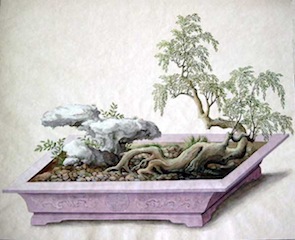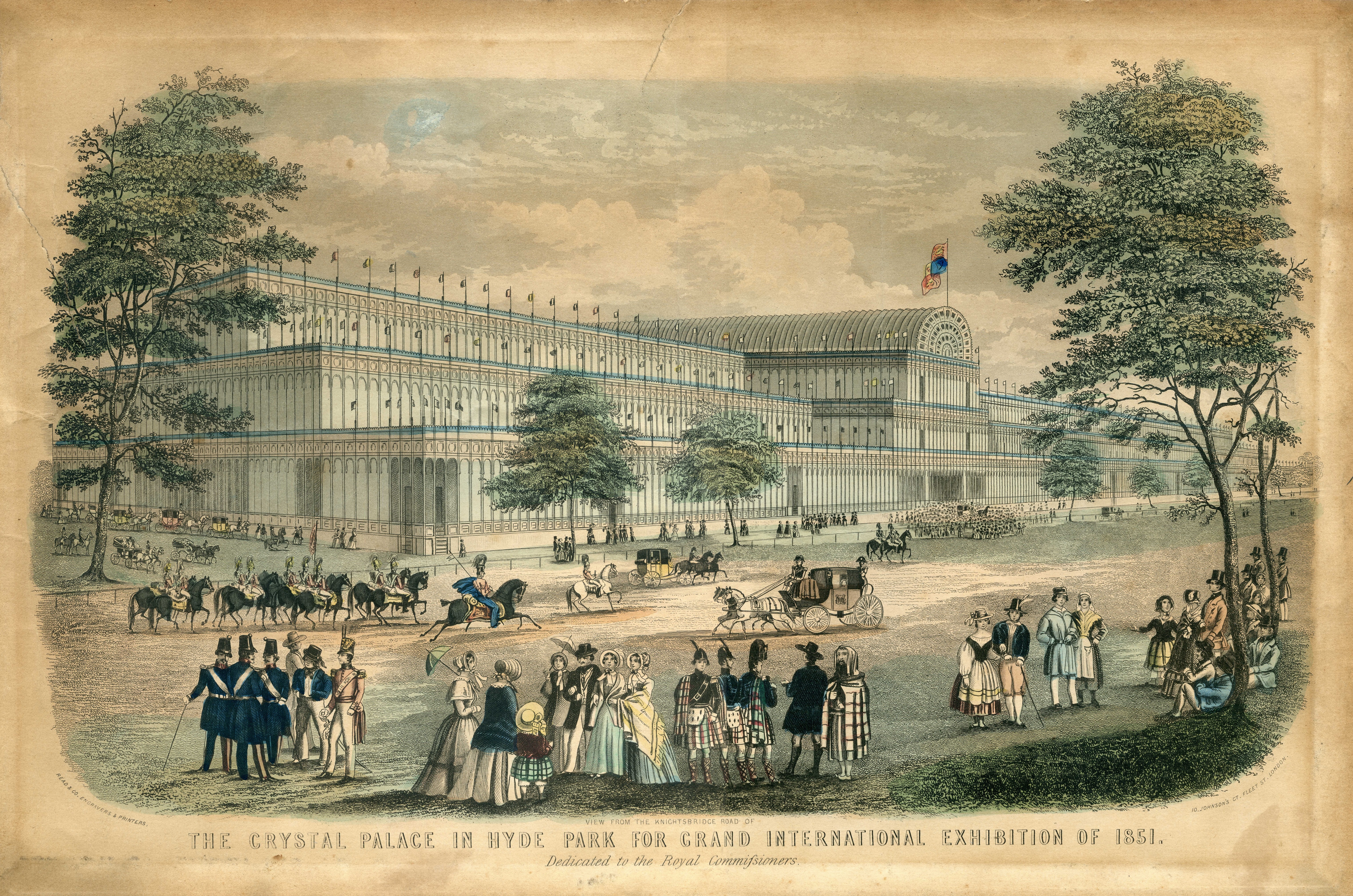That post was about collecting Elm seeds from some landscape trees on the campus of Ohio University in Athens, Ohio. Collected in the Fall of 2016, the seeds were stratified in the back of the refrigerator, then planted in a large tray
Germination rate was excellent, and the seedlings were allowed to grow with no real training or limits. They were kept well watered and had regular doses of fertilizer.
 Mid-way through summer the most vigorous seedling were picked out of the mass planting and put into this cell pack. They has been started in a sand and coir fiber starter mixture. Roots were lightly trimmed and the baby trees placed into individual cells, each cell filled with a standard bonsai mix ( pine bark, haydite, turface, pool filter sand).
Mid-way through summer the most vigorous seedling were picked out of the mass planting and put into this cell pack. They has been started in a sand and coir fiber starter mixture. Roots were lightly trimmed and the baby trees placed into individual cells, each cell filled with a standard bonsai mix ( pine bark, haydite, turface, pool filter sand).Here is a view of the cell back in late April 2018, on year after initial planting and germination.
The the variety of heights is due to (unsolicited) assistance with pruning given by the locate rabbit population during the winter. These were part of a large group of untrained stock that got overwintered on the ground in a vegetable patch. Despite plenty of available grass, the rabbits feel the need for some twigs-usually twigs attached to living trees.

When pulled out of the cell packs, the different layers of soil are very apparent. The trees rooted well into the bonsai soil, and have developed trunks more than 1/8th of an inch-not large but these will grow quickly.
Here is how the tree looks with soil cleared away. Though this was one of the most interesting trunks, you can see there is lots more going on below soil level. These trees have no developed any real roots yet, so it is perfectly acceptable to trim of some hair roots and expose more of the curves. The roots toward the bottom will take over, and this will help create a better nebari
 Some of the most appealing-i.e. curved seedling planted into individual pots to work on nebari.
Some of the most appealing-i.e. curved seedling planted into individual pots to work on nebari.After a week or two of pampering, they will go in full sun for another summer of rampant prowth to thicken roots and trunk. No real thought to branches will happen this summer. Most likely any branches grown this year will come off next spring.
New bonsai growers often ask "How do you know what to do with new stock like this?"
starting from tiny seedling, or very new cuttings, gives lots of choices, and many ways to proceed.
First decision is how large a bonsai would I like to end up with?
Obviously aiming for a large bonsai from a new seedling will mean some growing to develop a suitable trunk mass. On the other hand, these elm will be nice mame materiel in just a few years.
I always lean towards smaller bonsai, so these wont get much taller, but much thicker!
Once the size question is set, remember good bonsai are made from the ground up: grow good healthy roots then trunk , then scaffold branches, then fine shoots. Foliage is last!








